How to find a temple supervisor — An cas
2014/9/5 热度:514
How to find a temple supervisor — An case study on Foguangshan’s recruitment and selection process
In today’s highly competitive world, find the right person for the right job is consider as a method to increase organization’s competitive advantages. Therefore, different approaches on how to manage recruitment and selection process have attracted a huge discussion (Storey, 1992). Some discussed the issues about the sources that are used with recruitment process (Henkens, Remery & Schippers, 2005; Kleinman & Clark, 1984; Marsden, 1994), some discussed about the problem occurs when using different selection methods (Debats, 1981; Whitener, 1990). Buddhist organization also include modern management techniques to find and choose their workers. In this essay, a broad environmental analysis on current Buddhism facts and its population will be discussed. In addition, a case study about how does an international Buddhist order in Broad Environmental Analysis Buddhism is the fourth largest religion next to Christianity, Islamic and Hinduism. World estimation for Buddhist varies between 230 and 500 million, according to World Factbook, there are currently 376 million followers worldwide. Those adherents are mainly in Asia, especially In order to find suitable person for the task, FGS must have a large labor pool, otherwise everyone is simply capable for every tasks. For foreseeing the need of Buddhist talents, FGS founder Master Hsing Yun established Buddhist Colleges which anticipated other Buddhist orders to foster talents. Among these high Buddhist percentage countries, there are issues within. Buddhism may be mix-practiced with Taoism and Confucianism in Despite the fact that Buddhism is not the top-three religions in the world, however there are Buddhist predominant countries which has more than 90% of adherents. Within these Buddhist predominant countries, there is a Buddhist Order outstand the others, Foguangshan Monastery (FGS). Headquarter of FGS is located in Although FGS had discovered youth from overseas to enter Nevertheless, if FGS wants to find a temple supervisor, middle manager with a little more experience than others, from a large employee pool, it is wise to establish a standard measurement tool for the equity and systematic purposes. In order to do that, a thorough job analysis and a precise job description together with a recruitment procedure and selection criteria should be initiated prior look into large employee pool. As job analysis has increased its status and popularity in HR practice, according to several researches, it described job-analysis should included task and general work activity (Dierdorff & Wilson, 2003); moreover, Cunningham, Drewes, and Powell (1995) stated that such analysis should be applicable to range of vocation. The data of job-analysis are often generated from three groups 1) incumbents, 2) analyst, and 3) technical experts. However, sometimes technical experts could be considered as incumbents (Dierdorff et al, 2003). Since there are no previous temple supervisor’s job description and only one relevant information found through internet, therefore, the data collection for Supervisor of Buddhist Temple are from two sources, incumbents and analyst. Analyst refers to non-job-holder’s professional insight; the analyst here is a view from the founder of FGS, Master Hsing Yun and his expectation to temple supervisor’s competency. He stated The Twelve Rules for Foguangshan monastic life (See Appendix 1) in 1995 which supervisors as a middle manager’s position should pay extra attention to these rules. This source is the most important knowledge for supervisors, because the image and action they presented to Buddhist devotees have a great impact on the success of Buddhism propagation. Moreover, a questionnaire (See Appendix 2) was distributed to 5 supervisors (incumbents) who have sound experience and expertise on their job. To review from the job analysis questionnaire, it concludes that everyone has an adequate level of knowledge in Buddhism and capable to conduct Buddhist rituals. Therefore, the main criterion to differentiate one from another is personality. Moreover, since FGS is a large organization, communication skill and understand organization’s vision will be the trait of leader. After a job description (See Appendix 3) has been concluded, People’s Department (equivalent to HR department) could use the set of KSAs to find applicants. The recruitment to temple supervisors or other jobs which is related to Buddhist rituals is often from internal. The function of internal recruitment is to find suitable people within the company who already holding a job. The decision to use internal recruitment is after considering about this tight domestic labor market (9,300 for 4,000 temples) and a phenomenon of master and apprentice relationship. It would be a greater challenge to recruit than select. Furthermore, recruit within the company as promotion gives its employee a sense of motivation and leads to high level of morale (Caruth & Handlogten, 1997), nevertheless it also created a sense of inequity and limited skilled labor pool. Since FGS has generated its own labor pool from According to Heneman and Judge (2006) there are five steps in internal recruitment process such as recruitment planning, strategy development, searching for candidates, well developed job transition plan and consideration of legal issues. It seems like FGS has only conducted the first three four steps. There are rarely any legal issues other than getting applicant a foreign visa if the position is in overseas. The mobility path for most of Buddhist temple is quite hierarchical. Due to that there is a certain degree of respect to the elderly monastics. Therefore, most of the temple tends to use a traditional mobility path where a person begin as helper and apprentice, then move on to journey person and then reach to leader-person (Heneman et al, 2006). However, the founder of FGS has had an experience of the tradition mobility model, he believed that break the rule could enhance a temple’s competitiveness to the ever changing world. Thus it is now using a parallel tracks which allows monastics to specialized in certain skills or areas. Since the consideration for mobility path is not that serious in FGS, it gives them a greater employee pool for recruitment. After the planning has been covered, it is wise to develop a strategy to find eligible applicants. There are two systems recommended, the closed internal recruitment system and open internal recruitment system. In FGS’s case, it tends to use an open system. In most of open system, when there is a job vacancy, each manager will reported to HR for job vacancy, and after a series of HR activities, department manager at the end will decide who fills position (See Appendix 4). The open system in FGS is quite unique (See Appendix 4), People’s Department (PD) will send out a notice to intranet and internal newspaper for a job vacancy; it is required for the former supervisor to give one referral. Meanwhile, PD search eligible candidates from the data-base. Same HR activities, receives bids and screen candidates. Then executive of PD interviews the list of candidates and position will be filled after decision. Among the recruitment sources, job posting is most frequent method (Henkens et al, 2005; Marsden, 1994), and it is also the most welcome methods perceived by user (Kleinman et al, 1984). Other comments on recruitment source are included time consuming and accuracy for scanning through large employee data-base (Lindsay, 2003), and personal bias to the referral. Before the applicants become candidates, HR department will do a series of review on applicant’s application and resume. For the job description, it clearly point out that a supervisor should have some level of understanding to headquarters’ (HQ) vision, a certain degree of temple management skills, capable of deliver a sermon, know to lead, communicate and help subordinates. Thus these knowledge, skills, and ability (KSAs) are act as measurement for choice eligible candidates (See Appendix 5). As mention previously, understand HQ’s vision is vital which includes the level of understanding to the 12 rules mentioned by the founder. Other skills are learnable such like temple management could be learned from experience, sermon delivery could be improved by repetitions, and leadership and communication skills could also learn from experiences. Therefore, the weightage for understanding HQ’s vision is 39. The ability of temple control is decisive for temple’s prosperity as well as the level of sermon delivery; hence there are 20 percent of weightage for each criterion. The rest of measurement criteria weight 7 percent each as they are equality important. By reviewing application and resumes could waive out most of unqualified applicants which shorten recruitment and selection period. However, there are issues such as resume fraud (Debats, 1981), the accuracy for application screening (Whitener, 1990), as well as limited information shown on application form. To conclude the above, FGS has a large pool of labor force to look into. In its highly competitive labor market, its HR department practice internal recruitment and selection. During the planning phase in internal recruitment period, FGS has properly thought about the innovative mobility paths and adopt an open internal recruitment system. Furthermore, it uses numerous recruitment sources such as job posting on intranet and internal newspaper, looked into skills inventory, employee referral, and employee bidding. In the selection process, the weightage has been properly conduct and the KSAs criteria are matched with the requirement of job description. The overall HR performance during recruitment and selection process is adequately conducted. After all, Buddhist association has the same HR practices with the other industry; only its practice has more human touch and brings innovation in to the world systematic management. Appendix 1: The Twelve Rules for Foguangshan monastic life 1. No head shaving outside the designated time. 2. No spending the night outside a Buddhist temple. 3. No financial of the monastic ethics. 4. No transgression of the monastic ethics. 5. No personal acceptance of disciples. 6. No personal accumulation of the wealth. 7. No personal construction of temples. 8. No personal relations with devotees. 9. No personal fundraising. 10. No personal request for favors. 11. No personal purchase of property. No personal preparation of meals. Appendix 4: Open Internal Recruitment System VS FGS’s Internal Recruitment System 
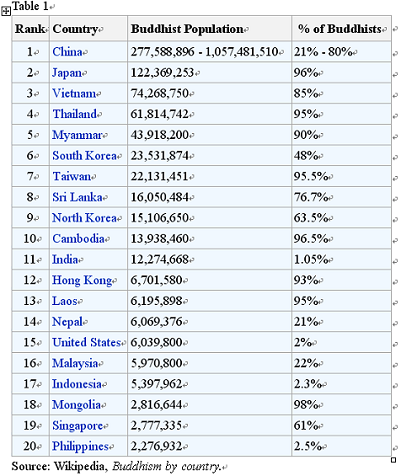
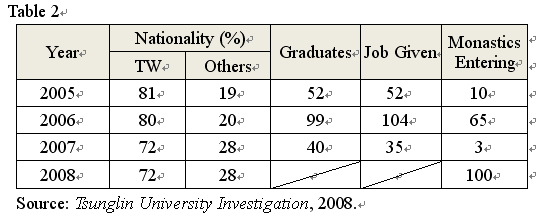

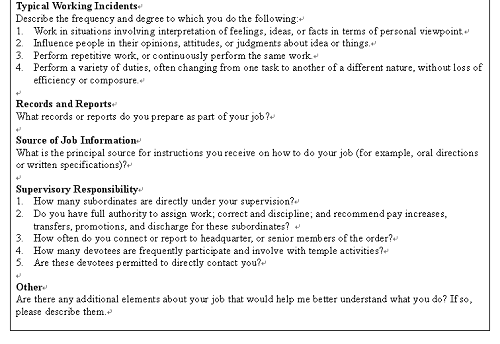
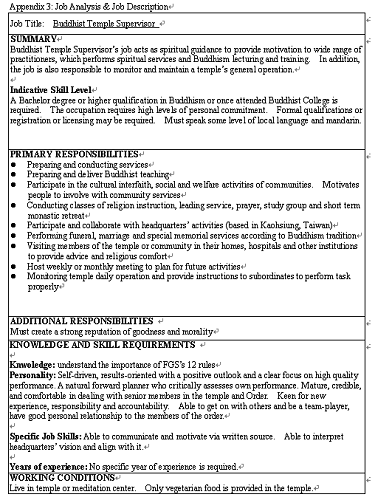
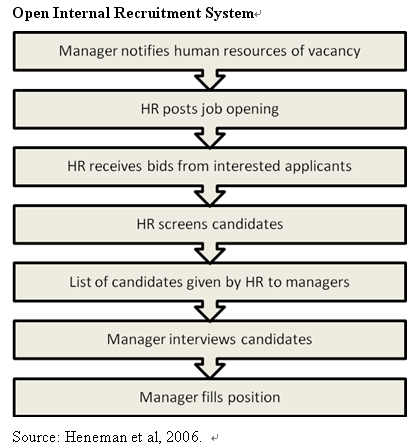
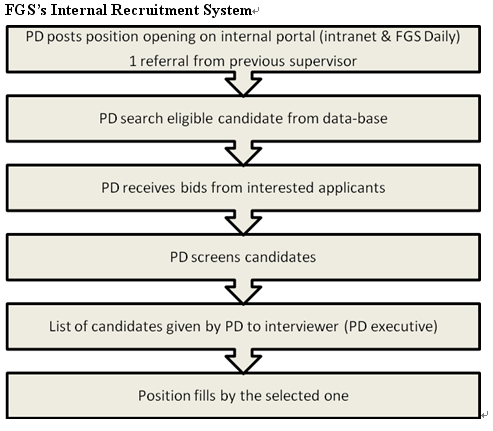
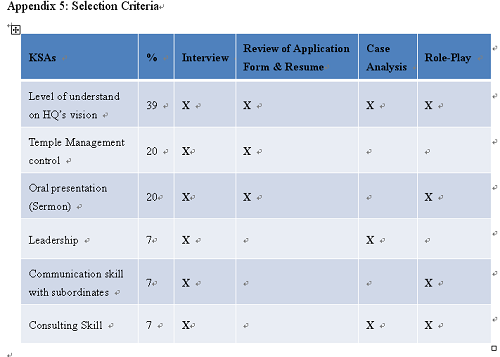

电脑上扫描,微信中长按二维码,添加明华居士学佛网公众号
五明学习: 五福文摘: 佛教入门 | 历史传记 | 身心灵 | 生活艺术 | 人与自然 | 人文杂话 | 其它 | 素食起步 |